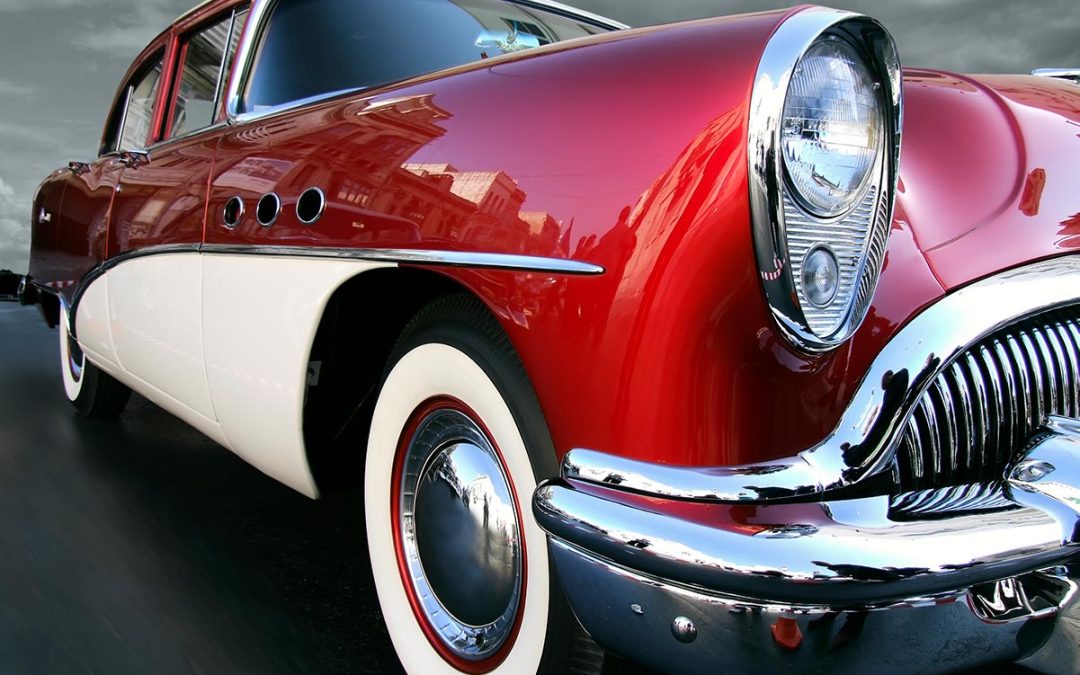Classic cars and antique vehicles are often cherished possessions for their owners. Not only do they hold sentimental value, but they can also be valuable assets. However, getting insurance for these types of vehicles can be more complicated than getting insurance for a standard car. In this blog post, we’ll explore some of the things you need to know when getting insurance for your classic car or antique vehicle.
What is a classic car or an antique vehicle?
Before we dive into insurance, let’s define what we mean by classic cars and antique vehicles. Generally, a classic car is a car that is at least 20 years old and has retained its original characteristics. An antique vehicle is typically 45 years old or older and is in its original, unmodified condition. However, the specific definitions may vary depending on the insurance company.
What types of insurance are available?
There are several types of insurance available for classic cars and antique vehicles, including:
- Liability insurance: This type of insurance covers damage or injury you may cause to others in an accident.
- Collision insurance: This type of insurance covers damage to your car in the event of a collision.
- Comprehensive insurance: This type of insurance covers damage to your car that is not the result of a collision, such as theft, fire, or weather-related damage.
- Uninsured/underinsured motorist insurance: This type of insurance covers you in the event that you’re in an accident with someone who doesn’t have insurance or doesn’t have enough insurance to cover the damages.
- Agreed value insurance: This type of insurance allows you to insure your classic car or antique vehicle for a specific, agreed-upon value. This can be beneficial if the car is worth more than its book value.
What to consider when getting insurance:
When getting insurance for your classic car or antique vehicle, there are several things to consider, including:
- Your driving record: Insurance companies will look at your driving record when determining your insurance rates. If you have a poor driving record, you may pay more for insurance.
- How often you drive the car: If you only drive your classic car or antique vehicle occasionally, you may be eligible for lower insurance rates.
- Storage: Insurance companies may offer lower rates if you store your classic car or antique vehicle in a secure, enclosed garage.
- Modifications: If you’ve made modifications to your classic car or antique vehicle, you may need to get additional insurance coverage to ensure that those modifications are covered.
- Documentation: Insurance companies may require documentation, such as photos or appraisals, to prove the value of your classic car or antique vehicle.
In conclusion, getting insurance for your classic car or antique vehicle is an important step in protecting your investment. Understanding the types of insurance available, as well as the factors that can affect your insurance rates, can help you make informed decisions when choosing insurance coverage for your cherished vehicle.
Are you ready to save money on your auto insurance? A DriveSafe Online defensive driving course completion certificate could be worth hundreds of dollars in discount savings on your insurance premium. Select I’M READY to lock in your low price now. You can begin the course whenever your schedule allows.

Patrick M. is Editorial Director for the always expanding DriveSafe Online library of courses. With over two decades of experience developing award-winning training, he now focuses on innovating online driver safety training. Pulling from his background in journalism, he steers the wheel behind the creation of top-tier content that promotes a better journey—whether on the digital highway of learning or the real roads we travel every day.
